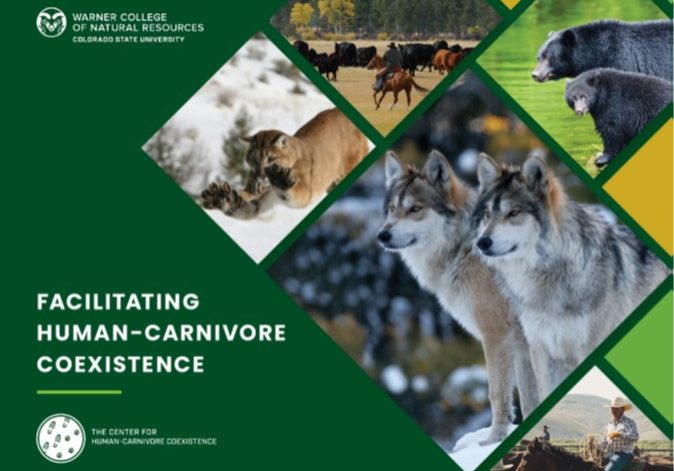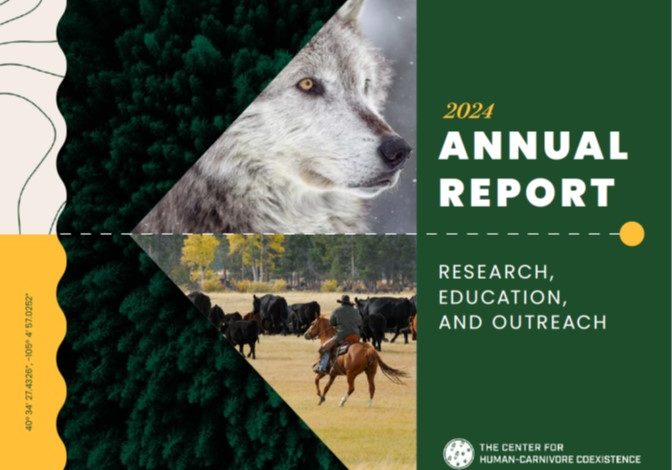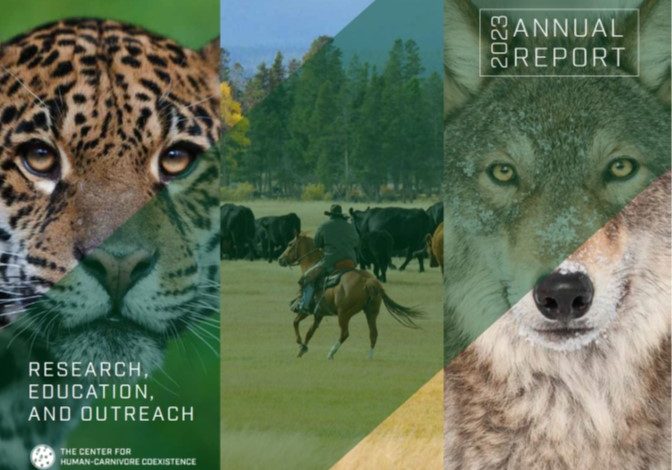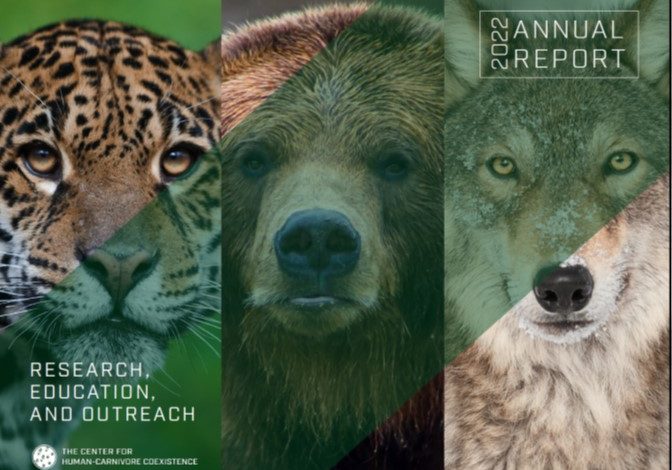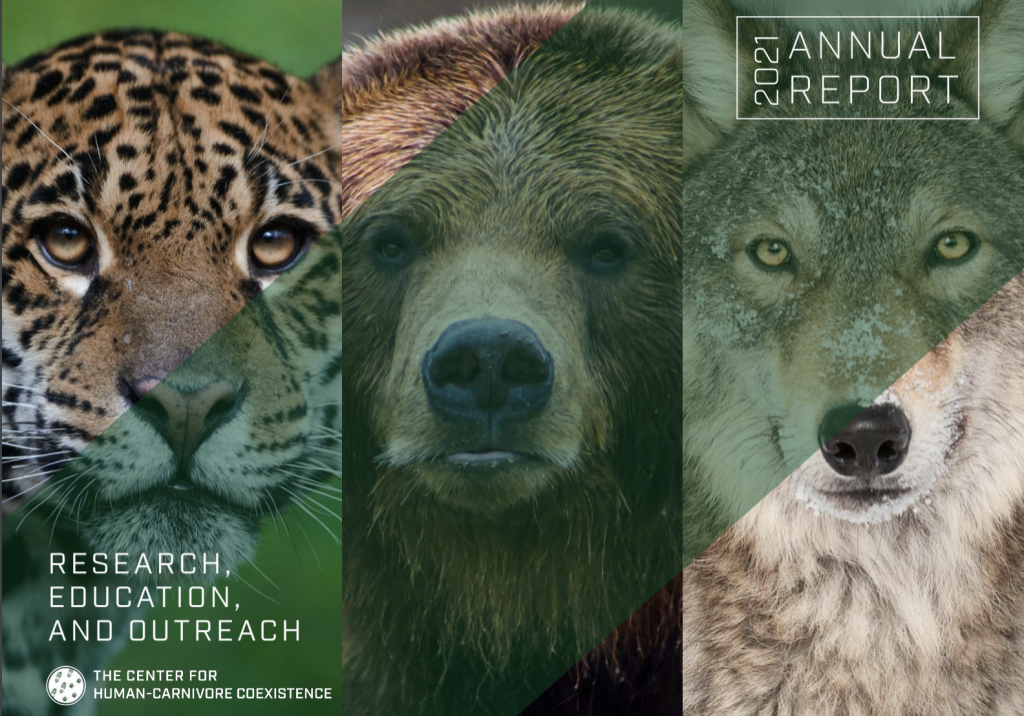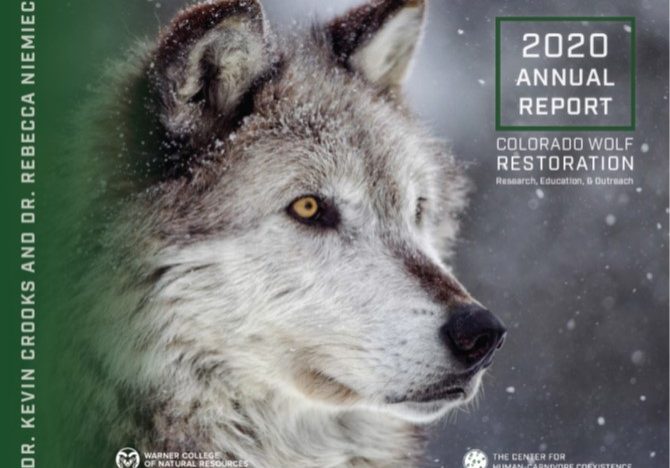Why we built the CHCC
Carnivores and humans have struggled throughout history to coexist, and the pattern is often one of conflict, with people impacted and predators killed. Today, carnivores across the globe must coexist with people as human populations expand and wildlife habitat shrinks.
However, many carnivores can persist in human-dominated landscapes, as long as people tolerate them. In some areas of the world, carnivores such as wolves, bears, and lynx are making a comeback, but in other areas carnivore populations are declining. Creating environments where both humans and carnivores can thrive represents a tremendous challenge and an exciting opportunity.
Coexistence requires reducing conflict, including direct conflict between humans and carnivores as well as social conflict among people about carnivores. Minimizing conflict requires innovative thinking, diverse skill sets, and transdisciplinary approaches to address the ecological, social, economic, and political aspects of this challenge. To meet this need, we have assembled an integrated, interdisciplinary team of social and ecological scientists at Colorado State University to form the CHCC.


